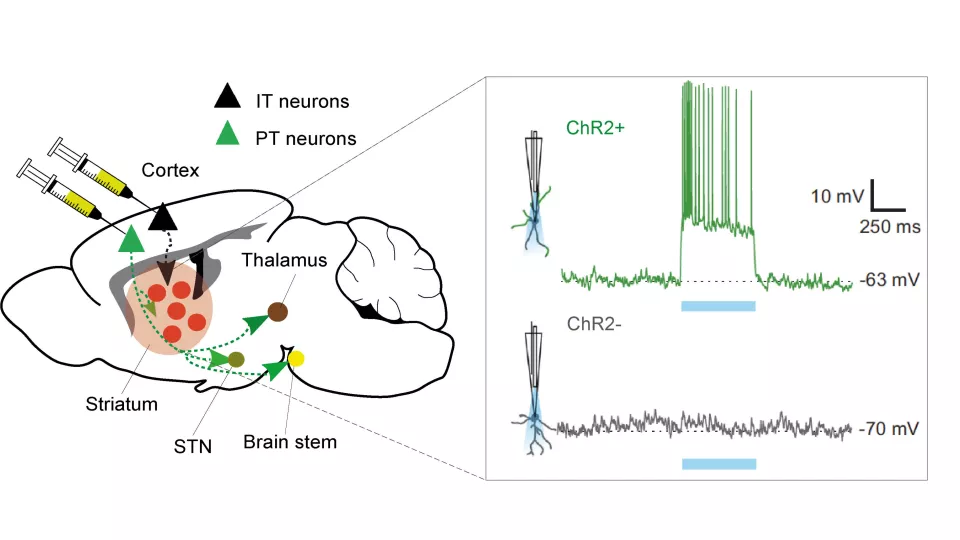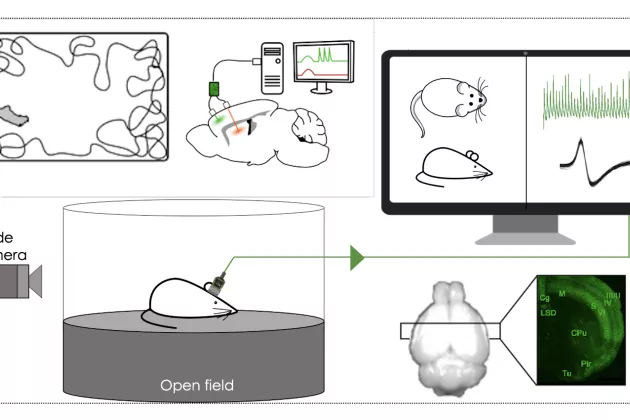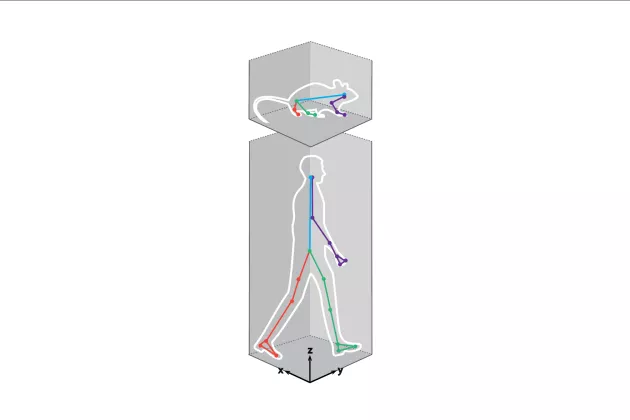People with Parkinson´s disease (PD) often develop abnormal involuntary movements (dyskinesias) during the course of their treatment with dopaminomimetic drugs. In this new collaborative project, Angela Cenci Nilsson (Lund), Mattias Rickhag (Copenhagen) and Gilad Silberberg (Stockholm) will unravel the connections between dyskinesia and changes in the way the cerebral cortex and the striatum processes sensory information.
The newly gained knowledge will pave the way for innovative treatment approaches feasible for clinical translation.
The project addresses new hypotheses with an array of research methodologies using mouse models of PD treated with dopaminomimetic drugs. The project is funded by The Michael J. Fox Foundation for Parkinson’s Research (MJFF) in this year´s call for application on the program “Circuits and Cellular Targets for PD Symptoms”.







